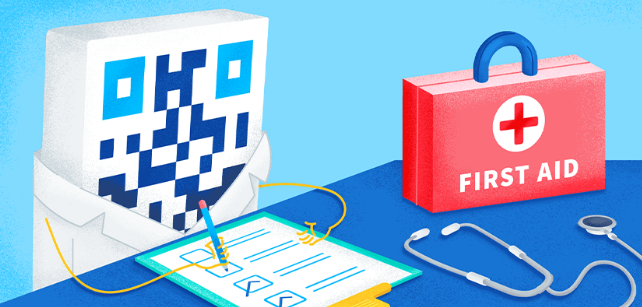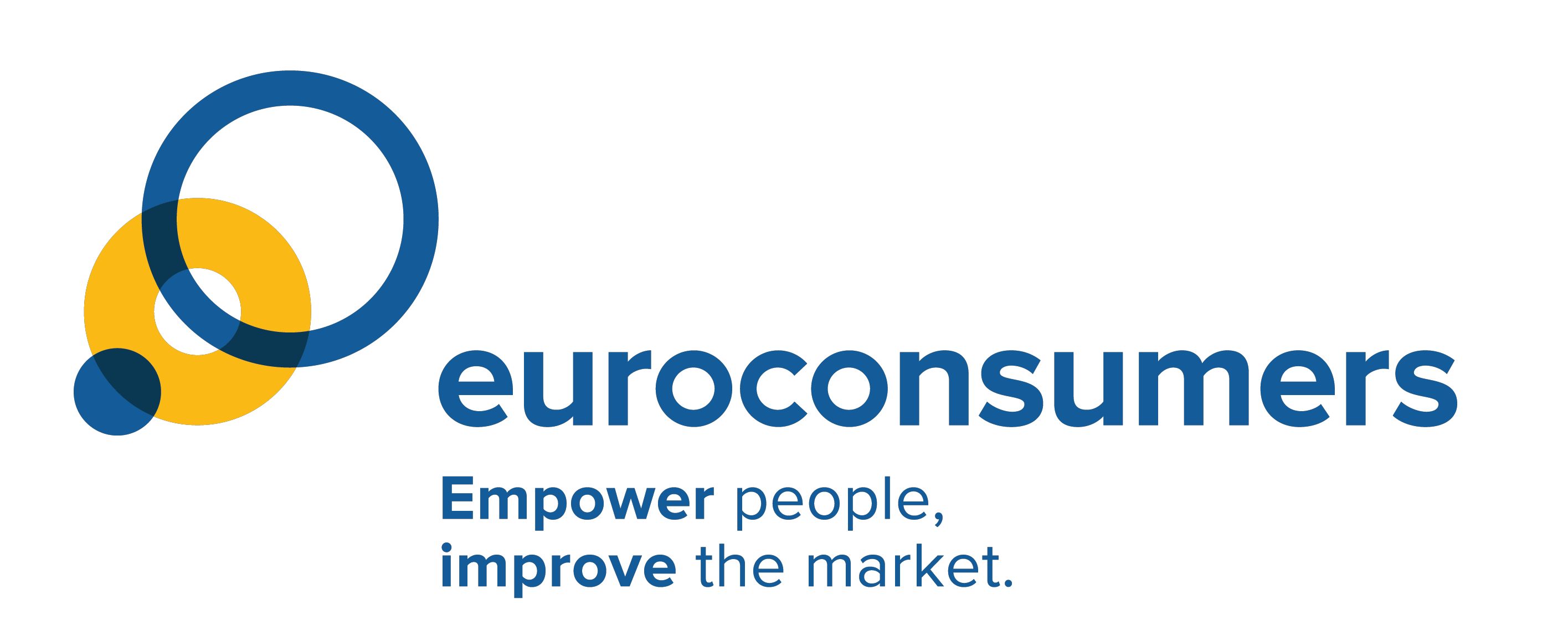This website uses cookies so that we can provide you with the best user experience possible. Cookie information is stored in your browser and performs functions such as recognising you when you return to our website and helping our team to understand which sections of the website you find most interesting and useful.
QR codes and drug information leaflets

Euroconsumers conducted a survey in the countries of its European member organisations – Belgium, Portugal, Italy, and Spain – to gauge consumer attitudes on the use of e-labelling (such as QR codes) on medical products.
Overall, consumers are looking for the innovation and real added value offered by digital tools. However, when it comes to accessing basic consumer information, particularly medical-related information, the story gets more nuanced, as is demonstrated by Euroconsumers’ survey on “QR Codes on Drug Leaflets”.
Where consumers get their information on medical products
Euroconsumers’ survey results show that consumers mainly turn to their general practitioner or pharmacist for drug information. However, when taking medication for the first time, a large majority of consumers said they usually read the leaflet, either in-depth or specific information, even when the drugs were prescribed by a doctor or recommended by a pharmacist. Also, when experiencing possible side effects, consumers in Belgium, Spain, Italy and Portugal indicated they first look for the medical leaflet.
The main reasons indicated for not reading the leaflet were that consumers believe it’s too long / it takes too much time (27%); letters are too small to read (23%); it’s worrisome/there is too much frightening information (20%); it’s too technical (18%). These findings are important indicators that the legibility of medical leaflets urgently needs to be improved.
Paper versus digital?
When asked how they prefer to read the patient’s information leaflet, the answer from consumers is very clear: on paper (82%). Mainly because it is easier to access (68%) and consumers are used to reading it in that way (25%).
Given the above, it doesn’t come as a surprise that a majority (76%) disagree with replacing paper leaflets inside drug packages with QR codes. 79% even think paper leaflets should be provided inside the drug package, even if there is an alternative QR code. Respondents felt this would otherwise disadvantage older people (81%) and would make society too dependent on the internet (70%).
Some opportunities for introducing QR codes
Despite the reluctance to abandon the paper version of drug leaflets, there are also some cautious first signs, mainly from more educated and younger consumers, that they would prefer the digital option.
On average, 35% of respondents indicated that in their case QR codes would be very useful, even going up to 43% in Italy and Spain. Indeed, there are some real opportunities for QR codes to bring tangible value to consumers, in terms of readability, easy access, and impact on the environment:
- 69% think the font size on paper leaflets is too small and 55% find that the information about the expiry date printed on the package is blurred, barely visible, and overall hard to read.
- 61% agree QR codes are better for the environment than paper leaflets.
- 29% tend to throw away the leaflet during the treatment after reading it, mainly because they are not easy to reinsert in the drugs recipient/box (51%) or because they think they won’t need it anymore (45%), which might turn out to be a problem if side effects were to arise.
E-labelling is a complementary tool, not a panacea for labelling
Information about products is an essential safeguard for consumers’ health. That’s why improving the readability and comprehensibility of drug leaflets is an absolute must.
Undoubtedly, digital information tools, such as QR codes, have the potential to improve the availability and convenience of product information and the capacity to reach consumers effectively. Nevertheless, access to physical copies of important information ‘on’ or ‘with’ the product is still necessary for various reasons, namely the need for equal access, the risk of excluding more vulnerable consumers, and the need to provide immediate information. This is even more true when it concerns medical-related information, where a lack of information could immediately impact consumers’ health.
Euroconsumers survey data on drug leaflets indeed reflect that broader society is not 100% tech fluent yet when it comes to QR codes – and needs to have important information available to them on paper. But it equally points out interesting opportunities for the future, and concrete cases where a QR code could benefit consumers. That’s why adding a QR code to the paper drug leaflet would be a welcome idea, but replacing it absolutely not.
Read the full Euroconsumers position on “Digital tools and essential consumer information – The case for drug information leaflets” here.
Methodology
The survey was carried out simultaneously in Belgium, Italy, Portugal and Spain. Data was collected between June and July of 2022 through a paper questionnaire and sent out to a representative sample, based on the latest national statistics of each country. In Italy and Spain, an additional online questionnaire was sent to reach the requisite amount of answers. Results (weighted by gender, age, educational level and geographical distribution) can be considered as representative trends for the national populations.


